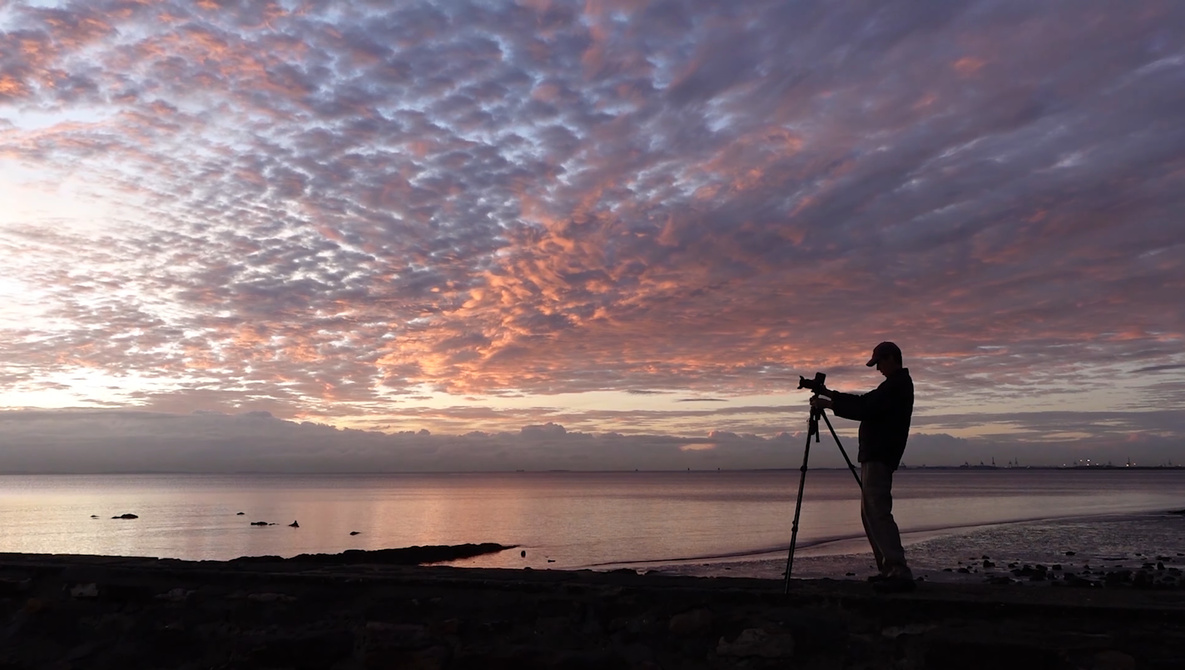URGENT UPDATE: A critical comparison of the Nikon and Viltrox ultra-wide lenses has just been released, highlighting key differences that could impact photographers’ choices in tight spaces and expansive landscapes. This in-depth video analysis from renowned photographer Alex Cooke reveals essential insights into these two lens options that every photographer should consider right now.
Filmed on a Nikon Z camera body, this video demonstrates how the Nikon zoom lens, which extends to 30mm, contrasts sharply with the fixed 14mm Viltrox lens. Both lenses serve different needs and preferences, making this showdown highly relevant for photographers seeking versatility or simplicity in their equipment.
The Nikon lens features a control ring and autofocus switch, while the Viltrox lens is lightweight and ideal for travel, making it a strong contender for those who hike or shoot in dynamic environments. The price points of the two lenses also present a significant factor, with the Nikon positioned at a premium level and the Viltrox available at a fraction of that cost.
This lens comparison is particularly urgent for photographers to consider as it addresses weight differences that are critical for on-the-go shooting. The Nikon lens expands when zoomed to 14mm, requiring larger and more expensive filters with an 82mm thread, while the Viltrox maintains a smaller 58mm thread, keeping accessory costs down. Photographers will appreciate the Viltrox’s superior autofocus speed, especially when transitioning from foreground to background, making it a compelling choice for quick shots.
Another significant highlight is the minimum focus distance. The Viltrox can focus as close as 13 cm, allowing photographers to capture intricate details while maintaining a dramatic background. In contrast, the Nikon’s minimum focus distance is 28 cm, which may limit creative options for those who want to emphasize foreground elements.
Both lenses perform admirably in face tracking tests, with no noticeable performance gap when used on a Nikon Z camera body. However, sharpness tests reveal subtle differences; while both lenses appear crisp at f/4, the Viltrox may be slightly sharper in the center. Notably, the Nikon lens edges ahead in corner sharpness when wide open, but performance levels out at f/8, providing clean detail across the frame for both lenses.
This lens showdown is particularly relevant for photographers who need to make quick decisions on gear. If you prioritize versatility with the ability to shoot between 14mm and 30mm, the Nikon’s zoom feature is invaluable. Conversely, for those who demand simplicity and often share images directly from their camera, the Viltrox offers an appealing option without the need for cropping.
As photographers navigate tight budgets or seek lightweight gear for travel, the Viltrox proves to be a formidable option. Regardless of your choice, both lenses deliver impressive ultra-wide results on a Nikon full frame Z camera.
Check out the full video analysis above to explore the detailed comparisons and insights from Alex Cooke. This is a must-watch for anyone serious about photography equipment!







